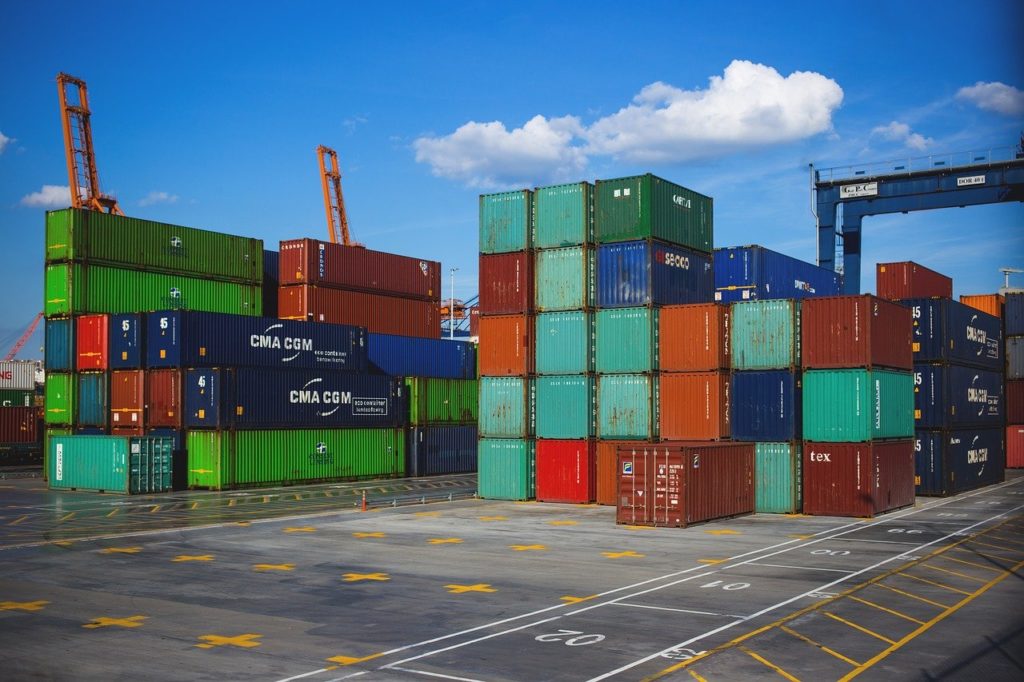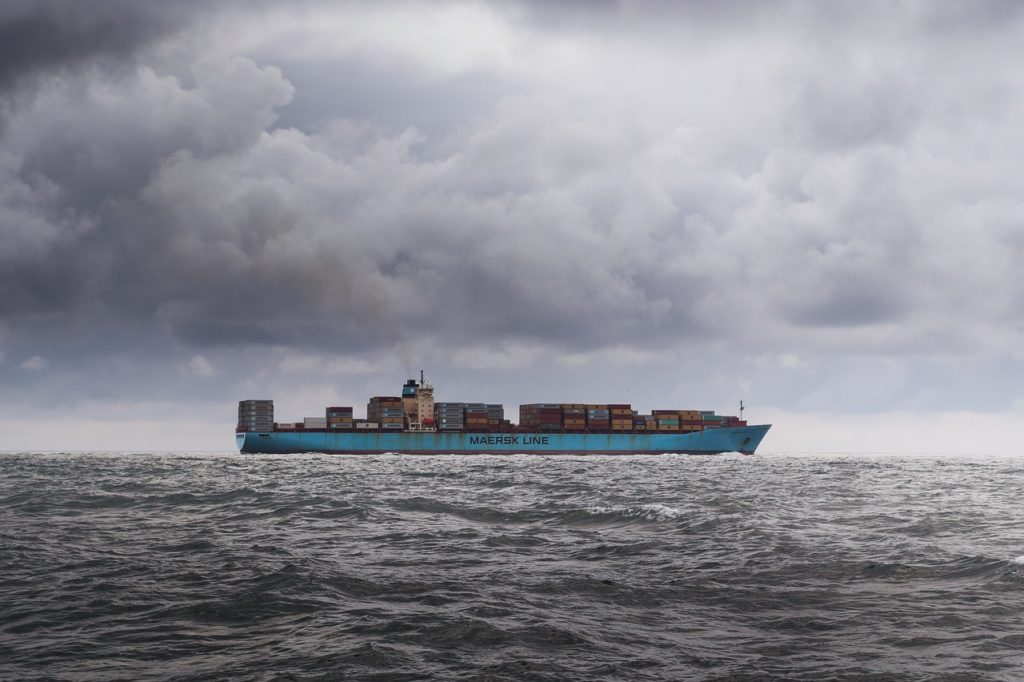Since 2014, Brazil granted many authorizations to individual patients, allowing them to import medical cannabis on a case-by-case basis, each for a period of up to one year. During the first quarter of 2019, Brazil’s National Sanitary Surveillance Agency (Anvisa) granted 884 new authorizations and 170 renewals – more than one-third of all the authorizations that were handed out in 2018.
Brazilian cannabis driven by big cultivation industry


The enormous agricultural potential and favorable climatic conditions for cannabis cultivation could make the Brazilian cannabis industry a major success.
This is according to research conducted by ADWA Cannabis, a startup focused on developing technologies for the grass production chain.
Curating quality information on only the most promising cannabis companies and the most influential investors, Hemp.im allows you to save time as you stay on top of the latest trends in this dynamic industry of cannabis news.
Study shows the potential of the Brazilian cannabis industry
In partnership with the UFV (Federal University of Viçosa) and through the Department of Plant Science and the Brazilian Group of the Study on Cannabis, the startup quantified the areas with a greater aptitude for growing the cannabis plant, dividing fiber, flower and seed production.
The report includes species with high THC content, the psychoactive substance of cannabis. According to the report, Brazil has large available areas for growing cannabis.
“The production value of one hectare of cannabis is, on average, $52,000 for seeds and $31,000 for fibers,” said Sérgio Barbosa, founder of the startup.
The cannabis market for therapeutic purposes has attracted investors in several countries including Colombia, Canada, and Uruguay.
“Due to the high yield of cannabis, which can reach 12 tons of pulp per hectare, cannabis is an option for the pulp and paper industry,” the study states.


The first step towards legalizing cannabis
According to the report’s projections, Brazil has the greatest potential in the region and could move $2.4 billion.
Earlier this month, the National Health Surveillance Agency (Anvisa) approved new rules for registering cannabis-based products for medical purposes in the country.
The measure allows companies to obtain an endorsement for the sale of cannabis products in pharmacies, but the cultivation has been vetoed and faces criticism from the government – especially from Citizenship Minister Osmar Terra, who sees the measure as a first step toward legalizing cannabis.
“Brazil has a very strong and secure agribusiness base when things are not right. If we don’t pay attention to that, we’re going to be left behind,” said Barbosa. “It’s possible to do it safely, the agronomic potential it has is a matter of time.”
The Brazilian cannabis industry is fueled by cultivation
The report sought the Brazilian Rural Society (SRB) and the Confederation of Agriculture and Livestock of Brazil (CNA), which did not want to comment on the matter for lack of specialists focused on hemp cultivation in the country.
Hemp arrived in Brazil with the Portuguese in the 15th century, and there were attempts to increase production in the Northeast region. The stimulus to culture began in the middle of the 18th century when the Portuguese empire was looking for alternatives for making fabrics, candles, and ropes. At the time, cultivation had problems to avenge.
Among the reasons were the low price paid for the products and the collection of taxes on the crop. Until the middle of the 20th century, there were Brazilian industries that used hemp for textile production, but they were closed down.


Resurrecting a lost industry
According to João Ernesto de Carvalho, professor at the Faculty of Pharmaceutical Sciences at Unicamp, there are several theories for the disappearance of the Brazilian cannabis and cultivation industries.
Hemp in the United States was used mainly for papermaking because it was cheaper than wood. The Republicans had links with industry figures like Hearst and DuPont.
“After World War II, the U.S. continued to lead prohibitionist measures. They imposed them on the whole world, but they continued to create technology in cannabis,” said Carvalho.
Federal Police data show that in 2018 968,000 kilograms of cannabis was seized, while in 2019, the number rose to 1, 00.
__
(Featured image by Pexels via Pixabay)
DISCLAIMER: This article was written by a third party contributor and does not reflect the opinion of Hemp.im, its management, staff or its associates. Please review our disclaimer for more information.
This article may include forward-looking statements. These forward-looking statements generally are identified by the words “believe,” “project,” “estimate,” “become,” “plan,” “will,” and similar expressions. These forward-looking statements involve known and unknown risks as well as uncertainties, including those discussed in the following cautionary statements and elsewhere in this article and on this site. Although the Company may believe that its expectations are based on reasonable assumptions, the actual results that the Company may achieve may differ materially from any forward-looking statements, which reflect the opinions of the management of the Company only as of the date hereof. Additionally, please make sure to read these important disclosures.
First published in A Gazeta, a third-party contributor translated and adapted the article from the original. In case of discrepancy, the original will prevail.
Although we made reasonable efforts to provide accurate translations, some parts may be incorrect. Hemp.im assumes no responsibility for errors, omissions or ambiguities in the translations provided on this website. Any person or entity relying on translated content does so at their own risk. Hemp.im is not responsible for losses caused by such reliance on the accuracy or reliability of translated information. If you wish to report an error or inaccuracy in the translation, we encourage you to contact us.



Comments are closed for this post.